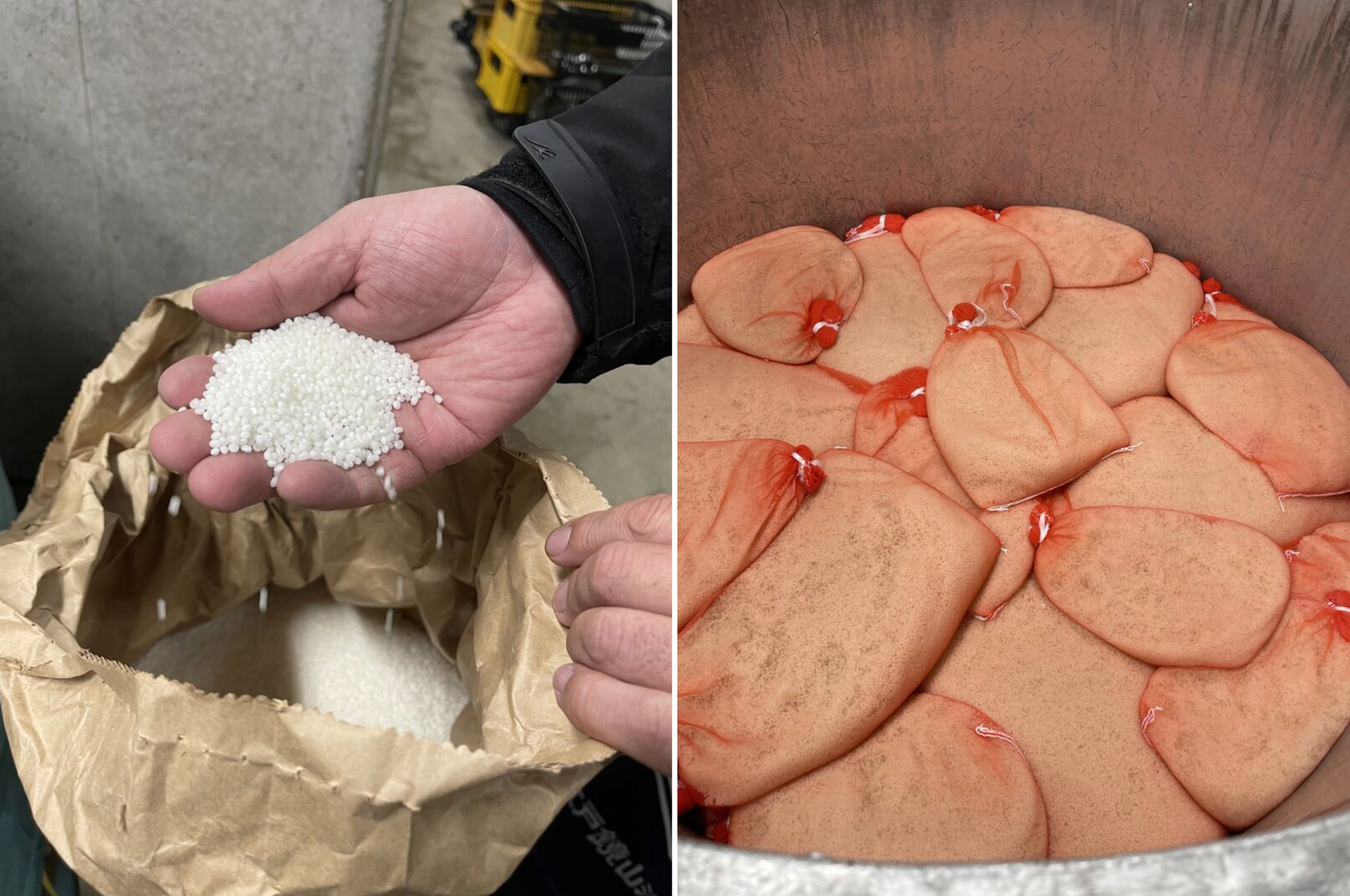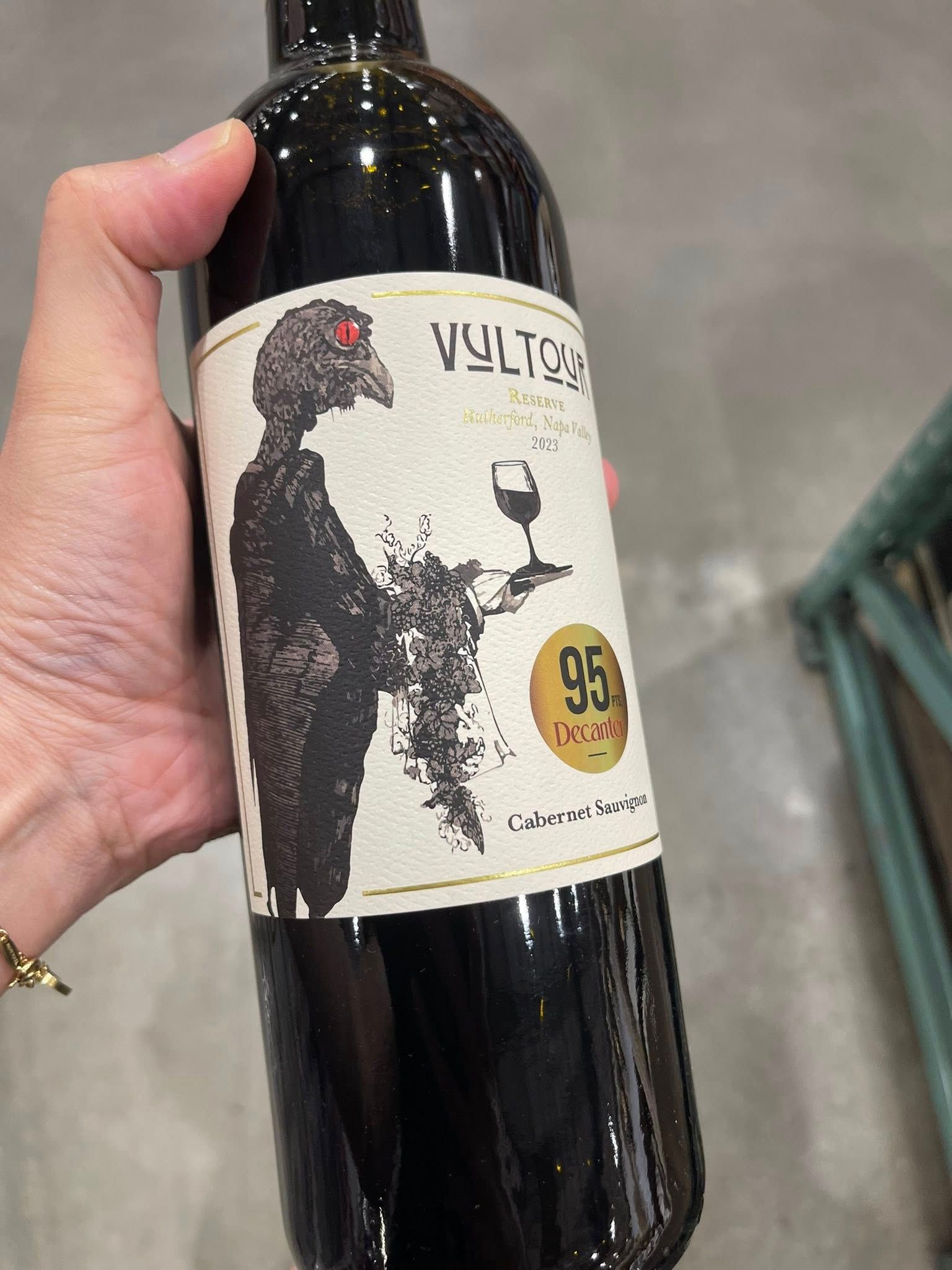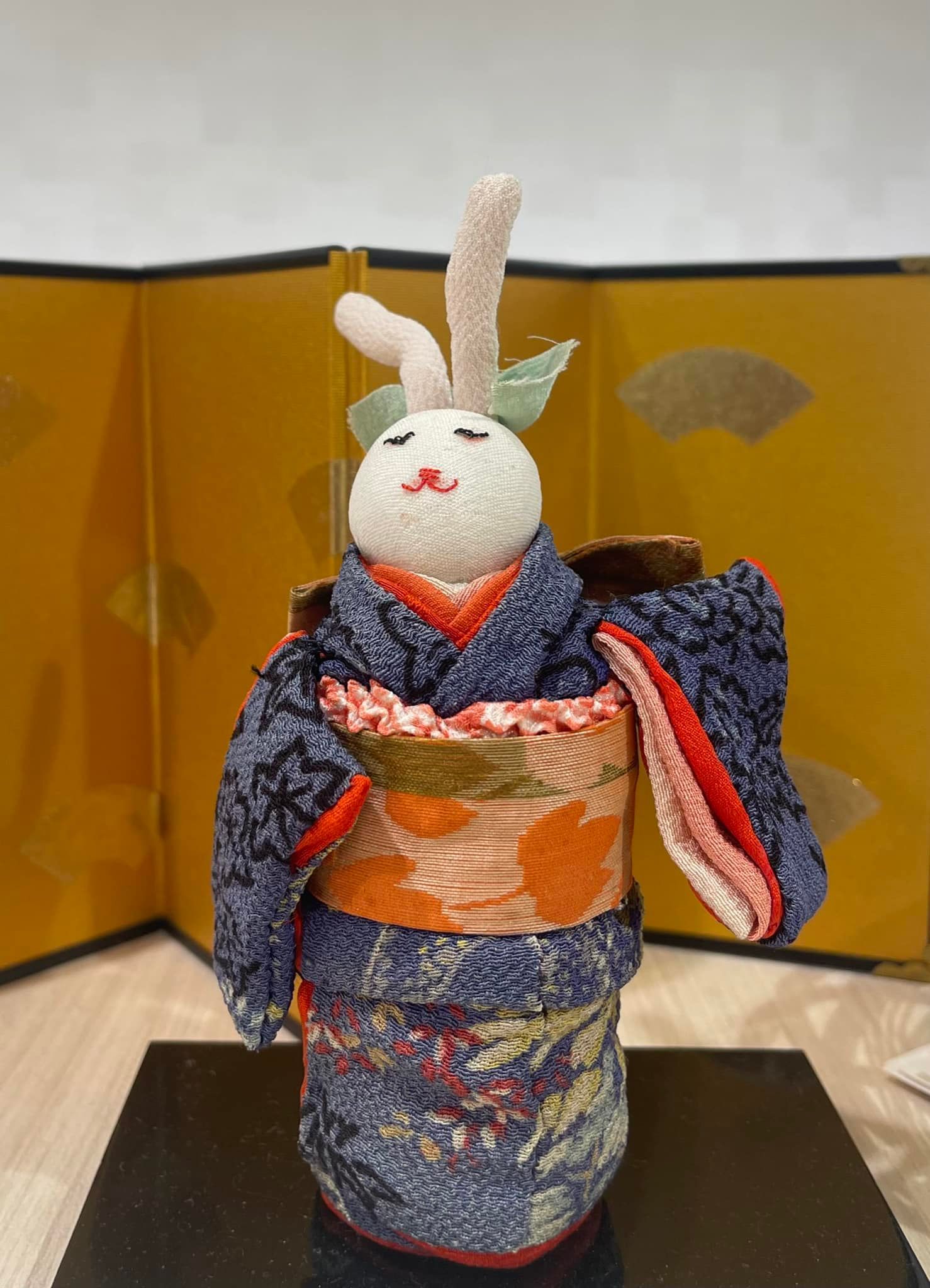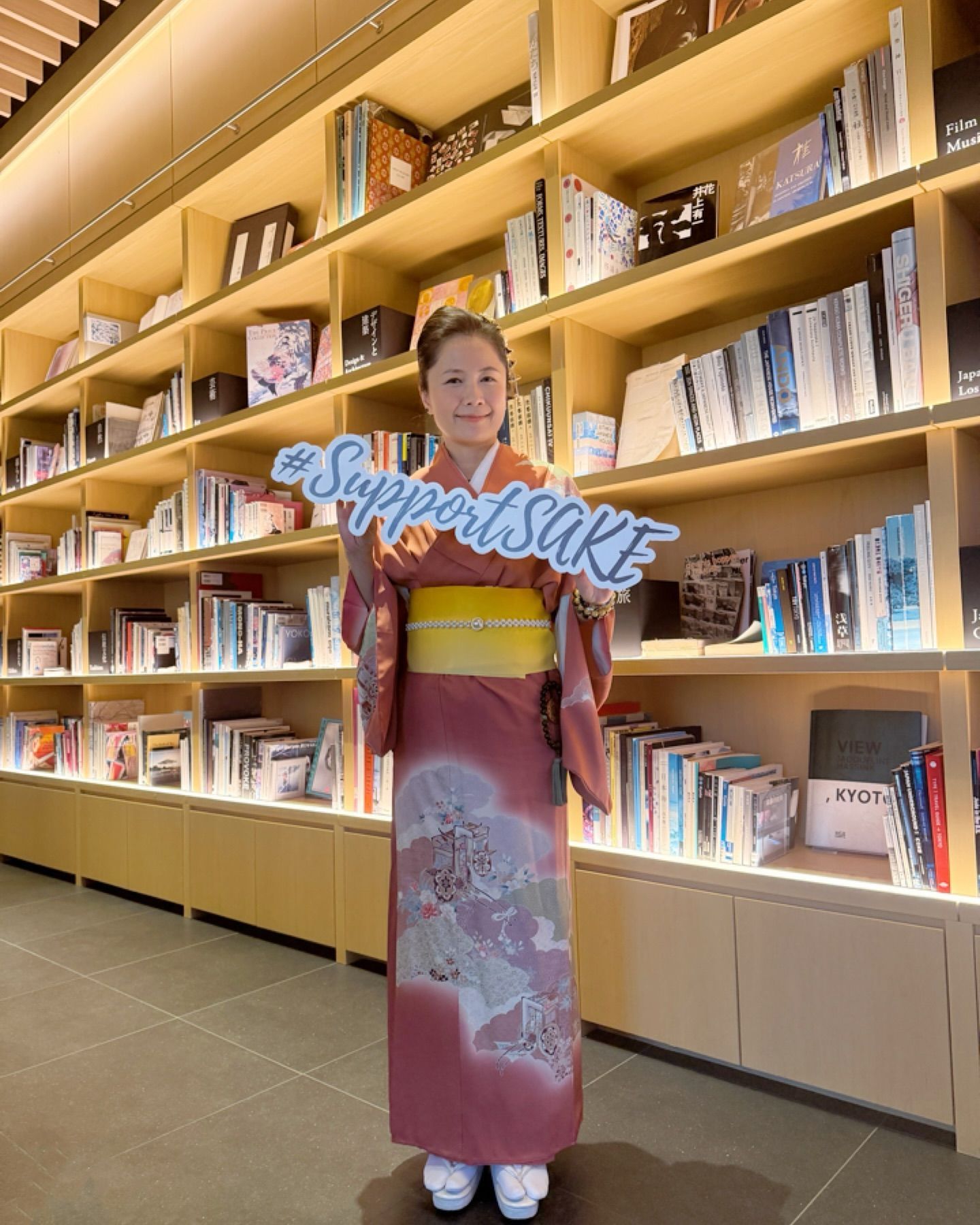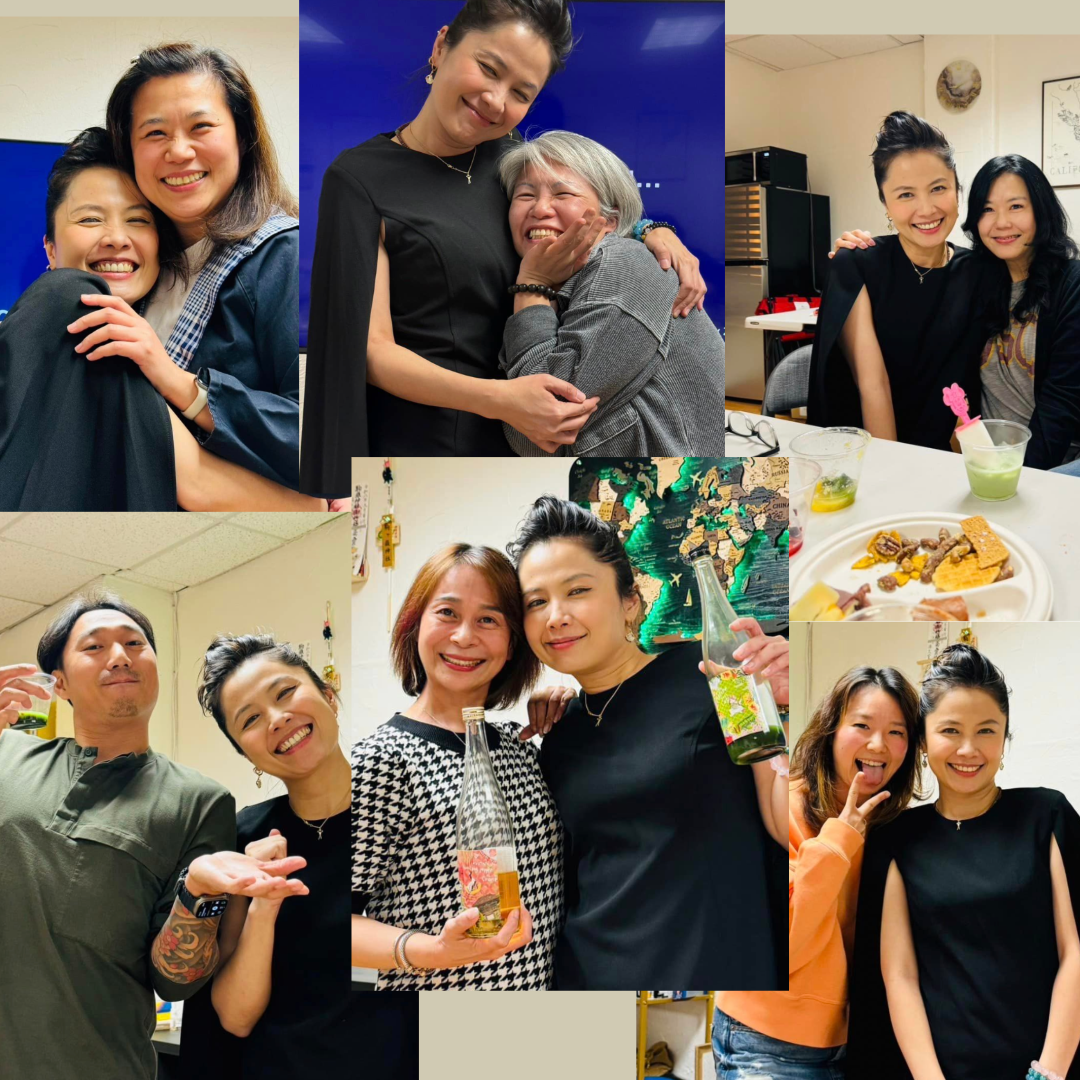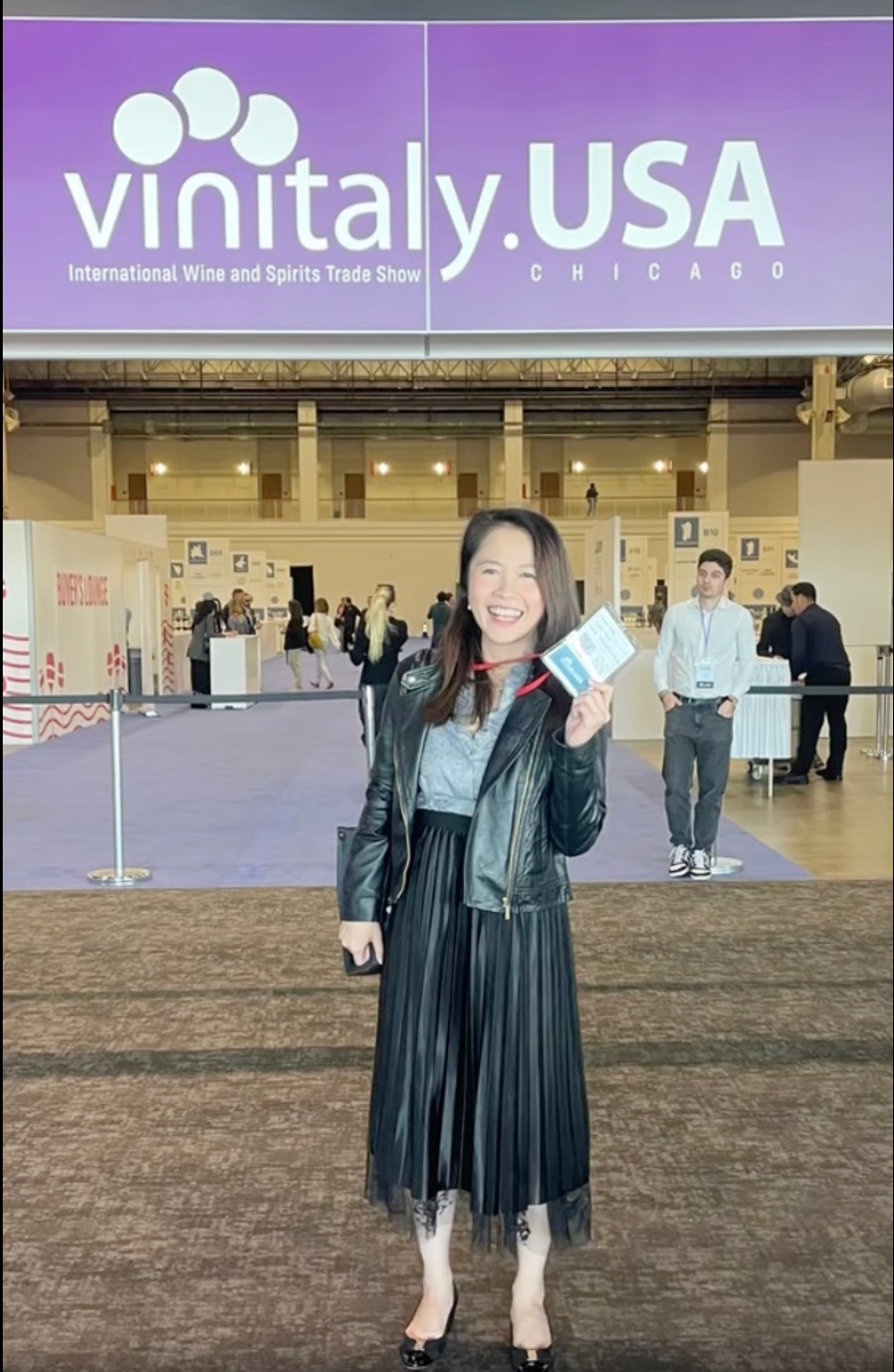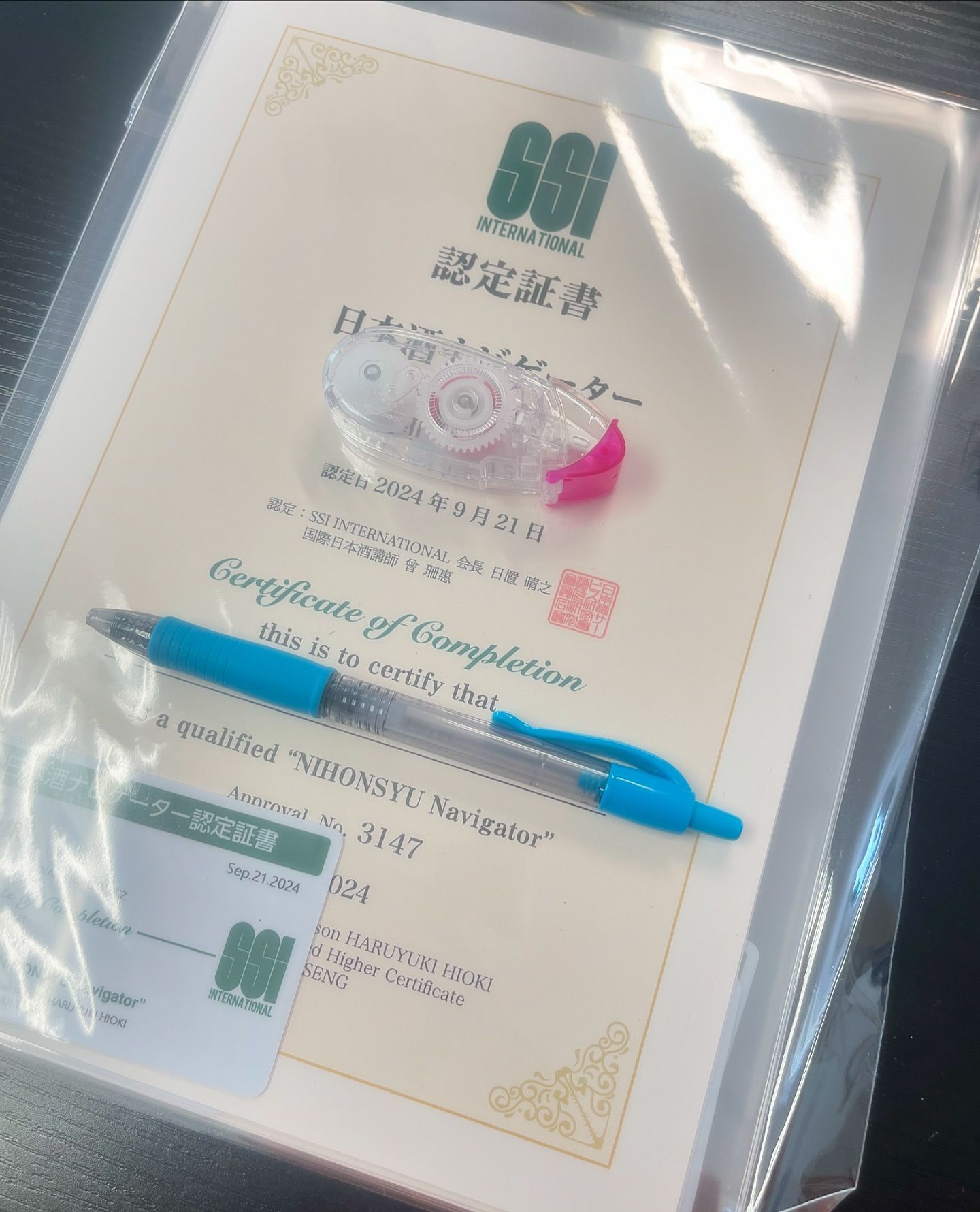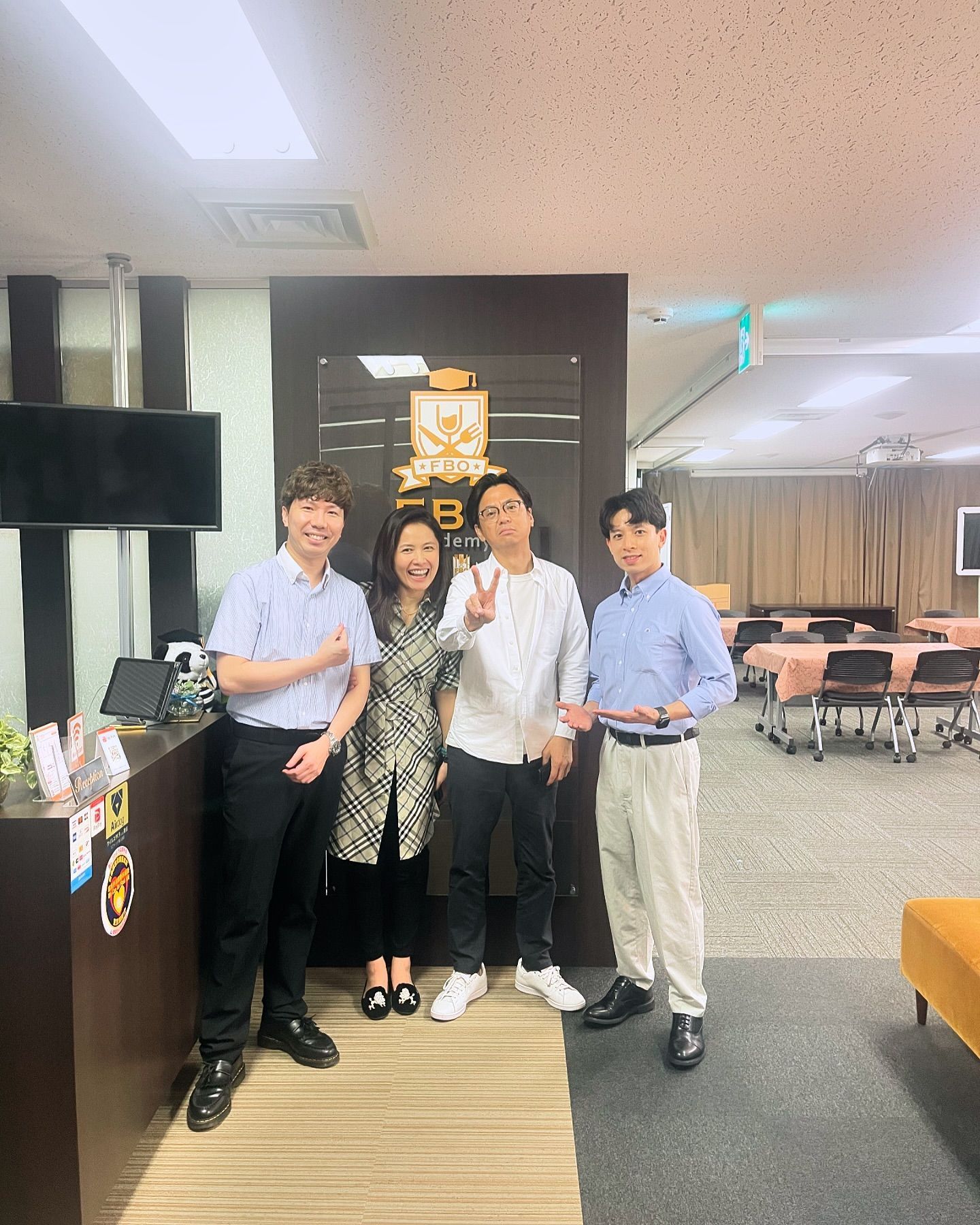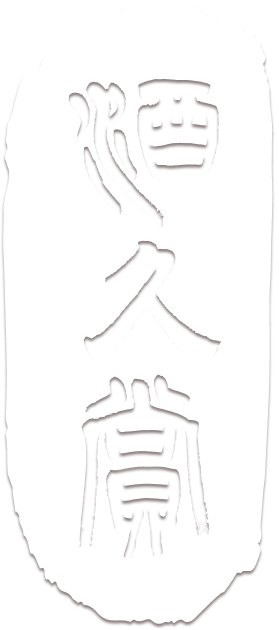黒糖焼酎の日
黒糖焼酎の日

日本将 5月9日(ごく) 与 10日(とう) 的日文发音结合起来,谐音「黒糖(こくとう)」——所以 5/9-5/10 被称作「黒糖焼酎の日」。
黑糖烧酎(黒糖焼酎)是日本独有的一种烧酎,特点是使用黑糖(通常来自冲绳或奄美群岛)作为原料的一部分,但与一般的糖酒(Rum)不同,它必须同时使用米麴来制作酒母。这是日本烧酎法规的要求,也是区隔 rum 的关键。
日本《酒税法》规定,只有鹿儿岛县奄美群岛(包括奄美大岛、喜界岛、德之岛、冲永良部岛、与论岛)才能生产标示为「黒糖焼酎」。其他地区即使使用黑糖也不能标示成「黒糖焼酎」。
原料:黑糖 + 米麴(通常是白麴或黑麴)
制程:
1.先用米麴制作一次酒母(发酵基底)
2.再加入溶化的黑糖与水,进行主发酵
3.发酵后以单式蒸馏为主,保留风味层次,多数酒造还会陈放 1~3 年调整口感。
风味:相比芋烧酎或麦烧酎,黑糖烧酎带有更明显的甘蔗蜜感、热带水果与柔和甜感,尾韵干净清爽,非常适合搭配海鲜或冲绳、南方岛屿料理。
樽烧酎则会有威士忌的复杂口感与风味,本人特别推荐,绝对值得ㄧ试!
Japan’s Kokuto Shochu Day | May 9th & 10th
Did you know? In Japan, May 9th and 10th are officially designated as Kokuto Shochu Days.
Why these two days? Because in Japanese, the numbers “5 (go-ku)” and “10 (to-u)” together form the word “kokuto” (黒糖), which means black sugar or brown sugar. The Japanese love this kind of clever wordplay to promote local specialties—and kokuto shochu is a perfect example.
The history of kokuto shochu is deeply tied to the sugarcane culture of the southern islands and the old Ryukyu Kingdom.
During the Edo period, the Ryukyu Kingdom was an important producer of kokuto sugar, which was also a prized tribute and export product.
After World War II, during the American occupation of the Amami Islands, shochu production was once prohibited. Later, to help revive the local economy, the authorities granted special permission to resume kokuto shochu production—preserving this unique island tradition.
The production process for kokuto shochu goes like this:
First, a fermentation starter (moto) is made using rice and koji mold. Then, boiled kokuto sugar and water are added for the main fermentation. Finally, the mash is distilled using a pot still—and most producers age it for 1 to 3 years to refine the flavor. Compared to imo (sweet potato) shochu, kokuto shochu stands out for its mellow brown sugar sweetness and notes of tropical fruit. It’s light and refreshing, perfect served chilled or as a highball in summer, and equally enjoyable warm in winter.
For people in the Amami Islands, kokuto shochu is more than just a drink—it’s a symbol of local culture handed down through generations. Today, many young distilleries are experimenting with new expressions: aging in oak barrels, producing limited single-barrel releases, or finishing in casks previously used for Western spirits. These innovations give kokuto shochu more complexity and attract whisky and rum lovers alike. This spirit is gradually evolving from a local specialty to a distinctive craft spirit with real global market potential.
In recent years, the Japanese government has actively promoted sake and shochu exports. Kokuto shochu is now slowly finding its way into overseas markets. More importers and sommeliers are adding kokuto shochu to unique spirits menus—pairing it with creative cocktails or local cuisine—making it a new highlight for showcasing the culture of Japan’s southern islands.
So next time you lift a glass of kokuto shochu, take a moment to think about the sugarcane fields, the dedication of the distillers, and the sunshine of these beautiful islands behind every sip.
On May 9th and 10th, let’s raise a glass to Amami—and to the people keeping this island tradition alive.




